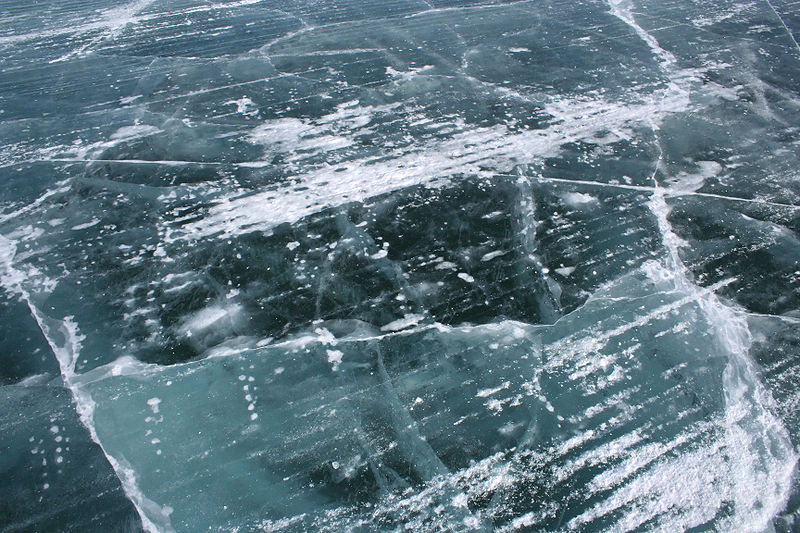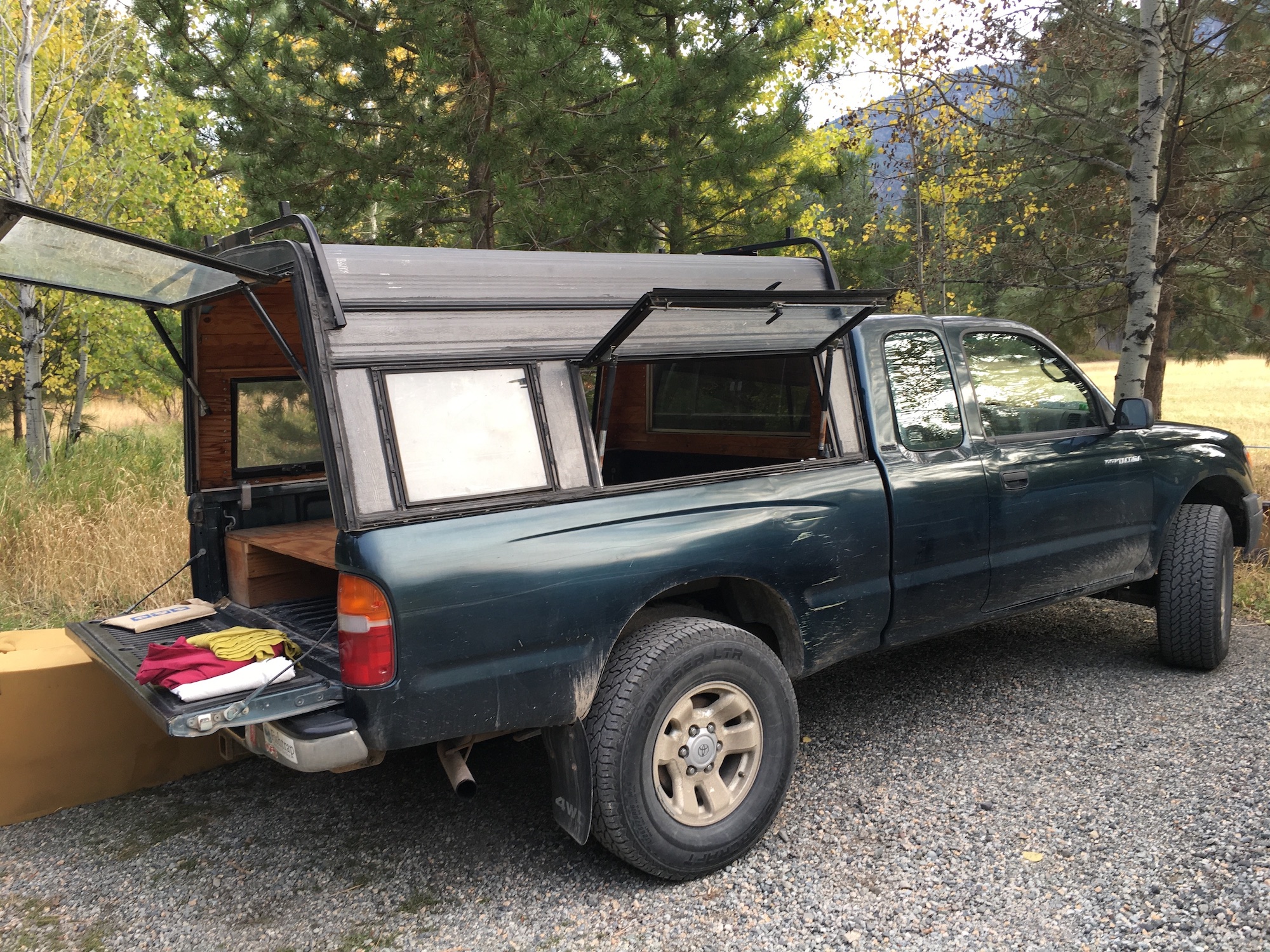This week I received an email from an R&D engineer at Canada’s National Research Council. Hossein Babaei and his team in the Ocean, Coastal and River Engineering division have been doing computational modelling of the ways in which the ice in an ice road deforms under the tyres of slow-moving versus speeding trucks. They then compare that modelled behaviour with what they can see from satellite imagery. He says that radar from 400 km away in orbit can sense those waves under the ice, even though on the ground, it is only perceptible through the ice’s groaning and crackling noises.
Hossein had come across the post below from more than a decade ago–I visited the ice road construction project in 2007–and he wanted to follow up on a claim I had made that the truck that follows a speeding vehicle has more risk of going through the ice than the speeder himself. He wanted to investigate it further, but sadly I don’t still have my notes. If you enjoyed the post, too, and want to know more about how things really work, I highly recommend Hossein’s paper on the subject.

In the wake of the smash hit History Channel series Ice Road Truckers, now in its fifth season, my town has become an unlikely celebrity. The reality of the ice road is quite different from the documentary series’ portrayal, and I thought I might break down the mechanics of the thing, having spent quite a bit of time on it.
A private road jointly run by mining giants Rio Tinto, De Beers and BHP Billiton, the Tibbitt-to-Contwoyto winter road is the longest of its kind, at 568 kilometres (353 miles) up into the Canadian tundra. Eighty-seven percent of the ride is on lake ice, and there are 64 portages between lakes. It’s open for only two months every year, but serves as the main conduit for bringing fuel and supplies up to four diamond mines. A land link offers transport at a fraction of the cost of air freight.
It all starts in July, when helicopters survey the route from the air, checking for changes in terrain and currents, and mapping the area in detail. One year’s winter-road route is never quite the same as the last.
In November and December the helicopters are launched again, flying the route using ground-penetrating radar to measure ice thickness. The builders then send out a light tracked vehicle, which gingerly creeps onto the ice to validate thicknesses.
If it’s touch-and-go, they’ll follow up with amphibious Hagglund vehicles that don’t mind getting wet if the ice fails. There’s an escape hatch in the top and a pair of protruding arms designed to stop any falls through the ice. Their first task is to plow the road of snow, allowing the cold to penetrate into the ice. Plowing is only the beginning. This is no pick-up hockey rink: By the height of the season the road has to be more than a metre thick. So December and January sees the 160 construction employees – mostly farmers whose agricultural downtime coincides with the winter-road season – bringing out water trucks to flood the road.
It doesn’t take long for a surface layer of water to freeze, smoothing the road and building up its thickness. By late January the ice should be 70 centimetres (2 feet, 4 inches) at its thinnest, from put—in to take-out. Then, the road is declared open for light truckloads.
Making that call has become a science. If a load is too heavy or a vehicle drives too fast, it causes ice-deflection and water-motion, creating waves under the ice that can break through and crack the road. The feeling of driving on a solid substance belies the reality – ice floats on the water and bends easily under the weight of a truck. Though trucks aren’t allowed to travel the road alone, they must maintain 500 metres distance from each other in order not to compromise the integrity of the ice and cause a blowout. In some places, the speed limit is as low as 10 km/h (6mph).
Continue reading







